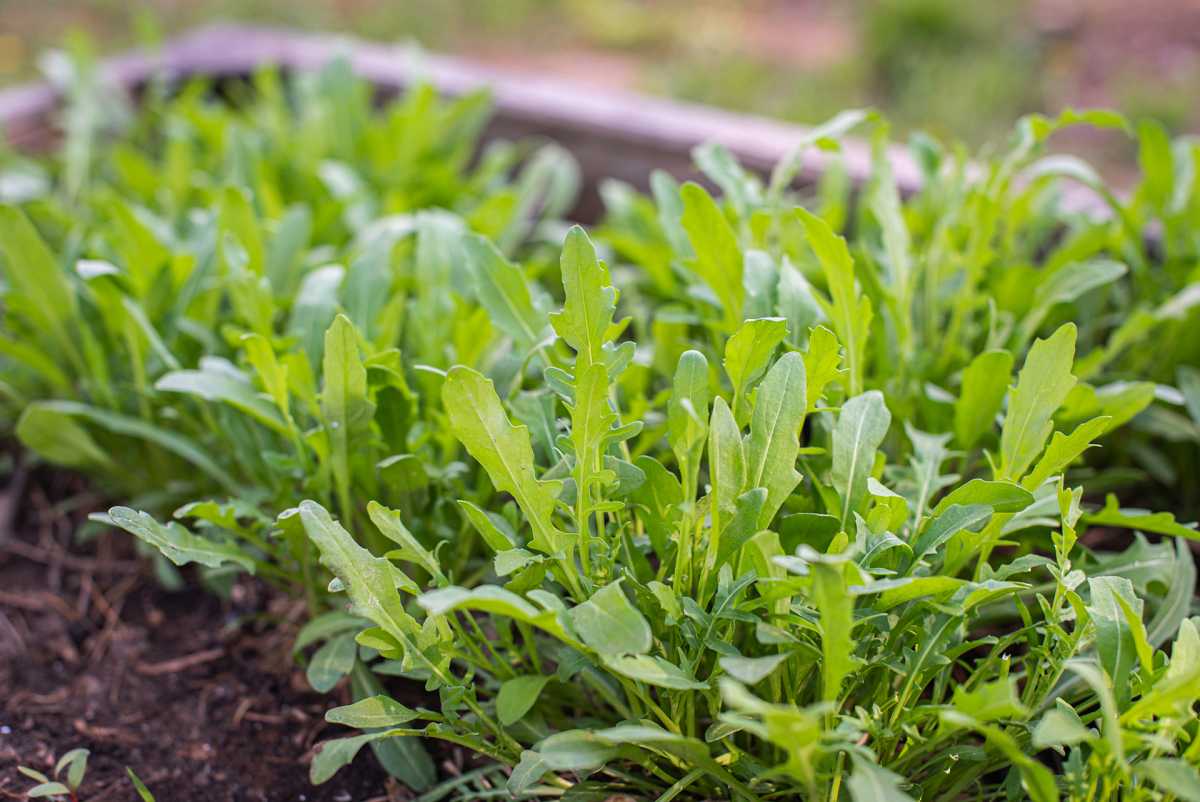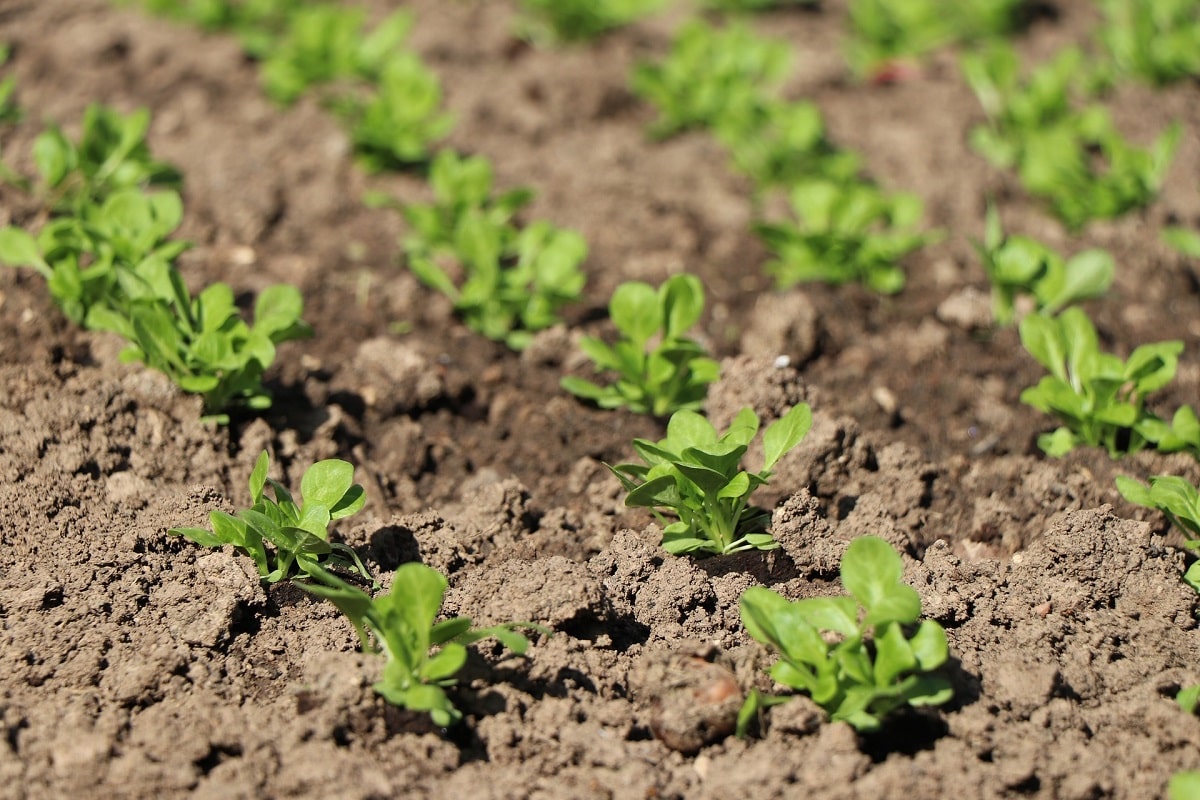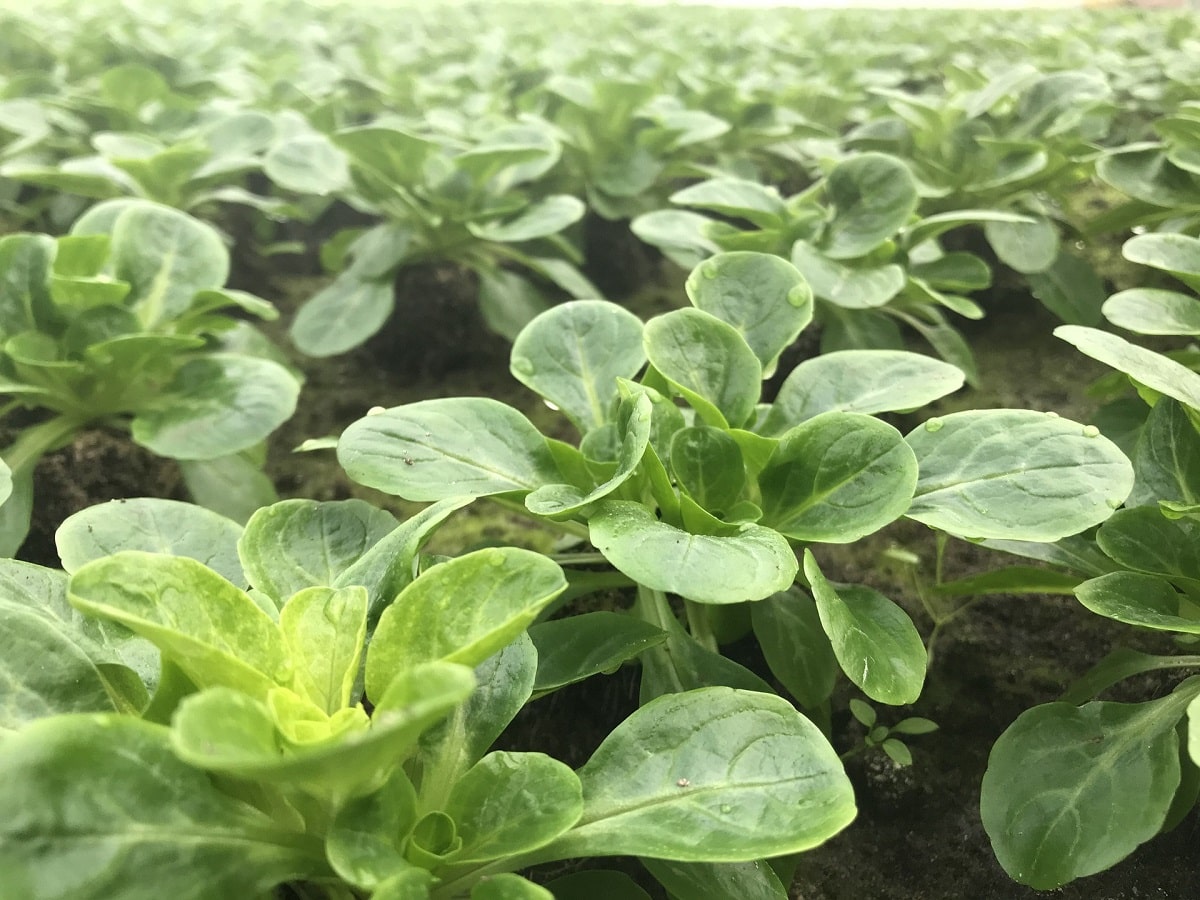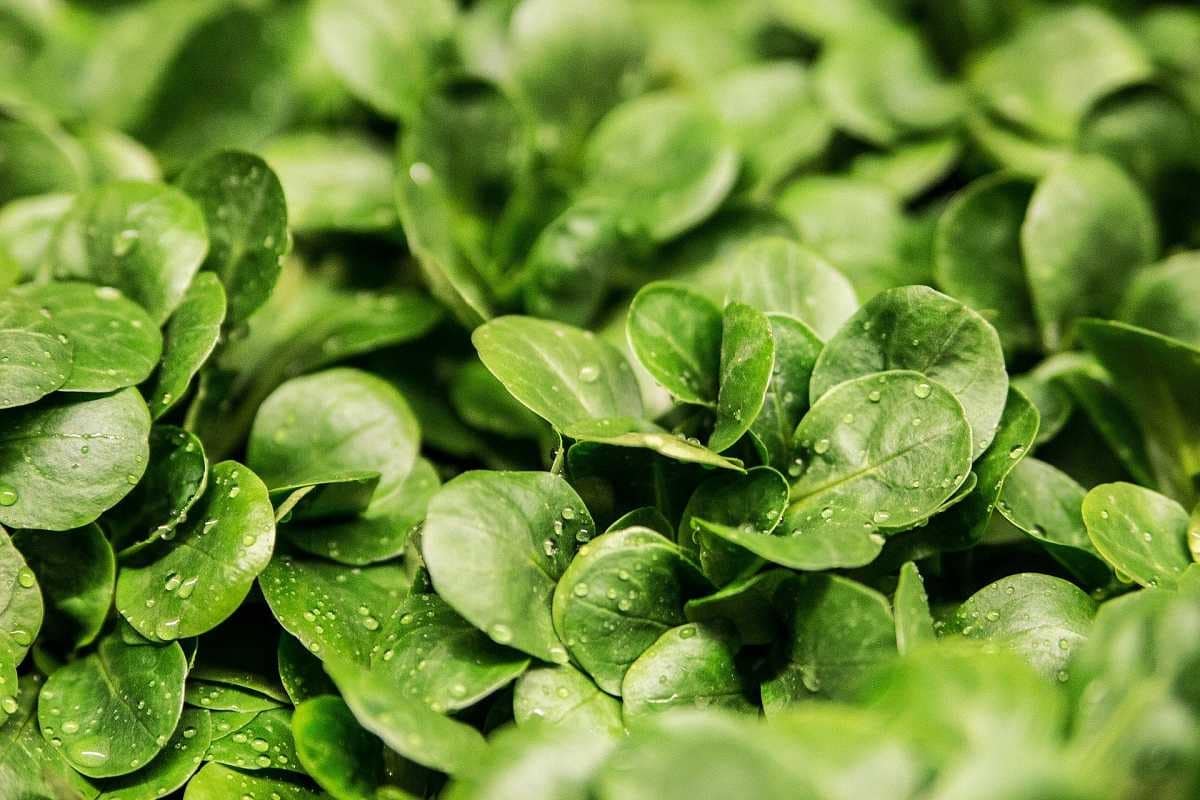
Although lamb's lettuce is not as well known as lettuce, it forms an essential component of salads and is rich in nutrients and fiber. Many people want to have them in a home garden but they taste good when to plant lamb's lettuce. The characteristics and properties of the same must be well known in order to know the best time to plant them.
For this reason, we are going to dedicate this article to telling you when to plant lamb's lettuce, what its characteristics are and the nutritional properties it has.
Properties of the canons

The canons, whose scientific name is Valerianella olitoria, are an herb of the valerian family. They are a leafy vegetable. These lamb's lettuce have high nutritional properties, so we are interested in learning how to grow them in order to use them in our garden. In addition, in the kitchen we can complement them well in salads (for example to make lettuce paper) or steamed like spinach.
Among other things, canons include the following:
- Fiber
- Iron
- Zinc and magnesium.
- Sodium, Potassium, Phosphorus and Selenium.
- Vitamins A, C and E.
- Tamine and Riboflavin.
In addition, the canons have diuretic, laxative and activating properties. So it is convenient for us to have it in our garden. Taking all of the above into account, you should know that if we plant lamb's lettuce and let it flourish, we can harvest almost all year round. Specifically, the cultivation of lamb's lettuce can last up to 10 months.
When to plant lamb's lettuce

You should know that the lamb likes cool and cold and winter. So start sowing in August and September for them to gain strength in the fall and winter. We will grow lamb's lettuce in a cool, humid and shady place. Overheating is usually one of your worst enemies, as is drought.
Unlike most crops, we can grow lamb's lettuce in the shade. In fact, they will thank us. It usually prefers shady places. The most important thing is that the land must be well cultivated and free of weeds. Weeds are a clear competitor for lamb's lettuce, so we have to keep the soil very clean. They prefer firm soil to loose, airy soil. In addition to this, they also like cool soil.
Canons do not require much fertilizer. They are not very demanding in this regard. Therefore, with the own remains that remain on the ground are enough. These residues can come from fallen leaves, previous crops, homemade compost, etc. Anyway, a good help can be well-fermented compost or worm humus. If the soil has manure or organic matter, it must be completely decomposed.
As a herbaceous plant sown in autumn and winter, it does not require much water. The soil will stay moist enough due to overnight rain and humidity. However, during the dry season (not because of the cold, but because of the lack of rain), it is advisable to use lamb's lettuce. Again, dripping water is ideal, if it rains we will have to water it more often. With drip irrigation we can program a daily irrigation for about 30-45 minutes.
lamb's lettuce cultivation

Sowing canons is not an easy task. This is because new seeds tend to germinate poorly, so, if possible, look for those that are at least two years old. We can take the lamb's lettuce seeds and place them in a row about 20 cm apart. As we mentioned, the sowing of lamb's lettuce will begin in July to allow the harvest in autumn and early winter.
One trick is to put straw on the land where we grow lamb's lettuce to help prevent weeds from growing and, more importantly, keep the soil moist enough. Something our classics will really appreciate.
We can also harvest lamb's lettuce all winter or even early spring if planted and maintained well. To harvest them, we simply cut off the largest leaves.
As it is a winter plant, it does not usually have many parasites or diseases. Its worst enemy is rot, excess moisture or dryness. To avoid rot, we will remove those yellow or rotten leaves that we see.
Another problem that can arise due to the humidity required by the lamb's lettuce is fungi. We must take special care that yellow spots do not appear on the leaves, in which case we will prune them immediately.
They tend to get along with almost any crop, but especially with:
- Turnips
- Leeks
- Coles
- Carrots
- Onions
Properties
To preserve all their flavor properties, it is important to consume them as soon as possible after harvest. They can be kept in the refrigerator for a few days, after which they will almost completely lose their delicate, slightly acidic, nutty flavor. Remember, all vegetables that are eaten fresh must be washed very well under the tap, even those that we produce directly, we irrigate with clean water, and we cultivate without paying. You always have to wash them. The lamb's lettuce is rich in vitamins (several from group A, C and B), and they provide us with more potassium, iodine and phosphorus than other vegetables, and no sodium.
Land preparation for sowing
Perhaps most critical to post-season crops is the condition of the soil. They require fairly fertile and well-cultivated soil.
If planting in an area with good soil fertility from the previous crop, replanting may not be necessary. Otherwise, apply at least a few weeks before one or several mature organic fertilizers.
Planting distance
This aspect is not important. but it facilitates aftercare and makes the lamb's lettuce of better quality. They get bigger in less time. They can be sown or planted in rows. If you have enough space and you are going to grow a lot of plants, it is best to place them in rows, leaving about 20 cm between them.
The day before sowing, the seeds can be soaked in clean, chlorine-free water. This can be skipped, but if it is done, germination will be faster and better.
Once the soil is prepared, there is a good temperature (a little humidity) and favorable days, the following steps can be taken:
- Deposit the seeds: This vegetable can be sown directly in the field, which is called seat planting, or in a nursery for later transplantation, although the first option is much better. If done in rows, they make a path across the ground. You can also use a stick or your finger to make small grooves and place them. On the other hand, for planting, they are evenly distributed.
- cover the seeds: they are small seeds that should not be buried deeply, at most 1 cm deep. There are two ways to override them. The first is to pass a cultivator through the area they are planting so that when the soil is removed, the seeds fall and are covered by it. The second method is to put a small layer of soil on top of the seed, if you do this bring soil from the other side or crumble the edge of the furrow where you are planting.
- Step lightly: Although it is not strictly necessary, the truth is that it can favor the germination of the seeds. It involves slightly tamping down the soil in the planting area so that the seeds come into closer contact with the soil.
- Regar: Finally, make the first irrigation by drizzle to prevent the water from starting the seeds.
I hope that with this information you can learn more about when to plant lamb's lettuce and its characteristics.